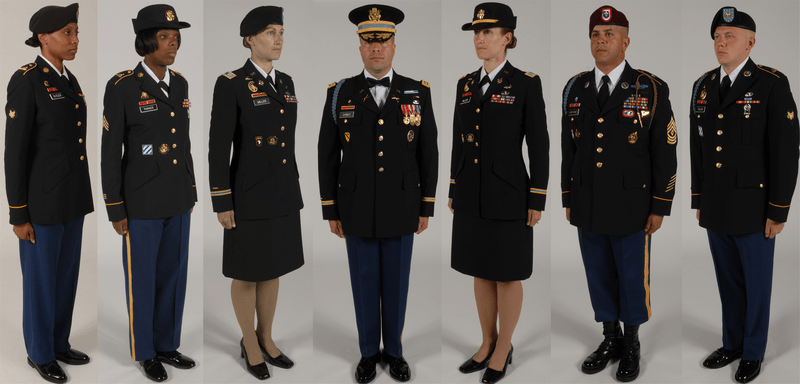An alternative view of (say) military uniforms is that they are the products of memetic engineering by generals who want to manipulate their troops into higher levels of cooperation with each other by exploiting the association between perceived kinship and cooperation. This then benefits the generals - and probably their genes. This sort of picture sounds plausible - and makes no mention of cultural kin selection. The explanation that military uniforms are memetically engineered by generals apparently fits the facts without invoking cultural kin selection.
The first thing to note is that military uniforms are actually an ancient phenomenon with a long evolutionary history - and so there's considerable scope for evolutionary and selective forces to act. The other main point is that explanations in terms of benefits to humans and benefits to memes should not necessarily be seen as being alternatives to each other. If you have gene-meme coevolution, often there is evolution towards mutualism - in which both genes and memes evolve to avoid being damaged by the other party. Occam's razor suggests that when two explanations of a phenomena are offered, often only one of them is true. However, in cases of gene-meme coevolution the explanations that "genes benefit" and "memes benefit" are often both true - because of the phenomenon of evolution towards mutualism.
Memetic engineers could engineer whatever memes they like. However, it is often easier to reuse memes that are already available. Also, engineers typically want the memes they engineer to spread. In those cases, making memes that can help copies of themselves in other bodies is one way of doing that - so memetic engineers can be expected to engineer kin recognition and kin-based cooperation into their products - in much the same way that natural selection often does. Having an intelligent designer involved doesn't usually change what forms are adaptive, but it does allow adaptations to arise more quickly. Intelligent designers could fight against natural selection - by engineering forms that are maladaptive. However, only rarely are they motivated to do so. It is quite common for them to want their products to be popular and successful.
It is no accident that the uniforms of military, sports teams, religious orders, hospital workers and so on use culture to make their wearers resemble kin. The producer of this adaptation could be an intelligent agent, it could be evolution via natural selection - or it could be a combination of the two. Memetic engineering is only superficially a rival explanation to cultural kin selection. It is better to see memetic engineering as a rival to the hypothesis of "unintelligent design" - of natural selection without minds. Cultural kin selection can still be applied in either case.











No comments:
Post a Comment